译文:
绿色建筑评价体系中的健康因素:
当其他的绿色建筑评价体系将健康当作建筑整体系统中的一部分时,WELL建筑标准集中注意力只关注建筑使用者的健康。发布了WELL建筑标准的International WELL Building Institute (IWBI)成立于2013年,成为了绿色建筑指南的新的一员。WELL建筑标准在2014年10月被发布,高度关注居住者幸福。
WELL建筑标准注重空气质量本身,而不是清洁空气所需要的能源;它关注使用水质量,而不是用水量。这些侧重点,让我们看到了直接影响人类健康的建筑特色的优化与强化的一个意义非凡的转变,也让WELL成为了在建筑环境中解决居住者健康的引领者。正如Paula McEvoy——帕金斯+威尔(Perkins + Will)可持续设计项目的联席主管——指出的,“我们一直都对为居住者健康进行设计保持极大的兴趣与主动性,我们知道材料在其中扮演的重要角色,然而作为设计师,还有很多其他居住者健康的方面是我们可以帮忙解决的。尽管LEED已经解决了健康的一些方面,但它并没有考虑到身体健康、精神健康以及可以改善健康的政策方面。”
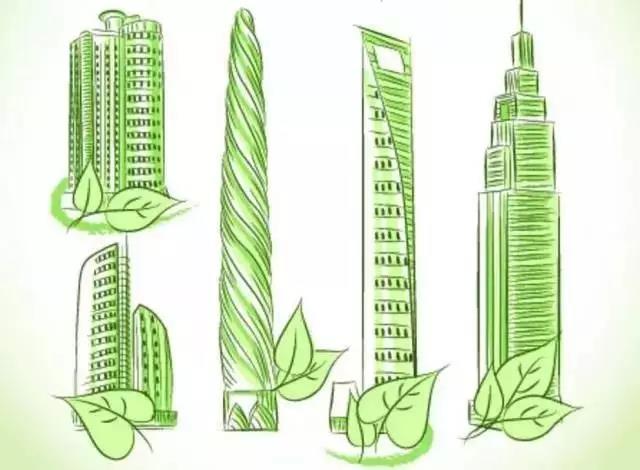
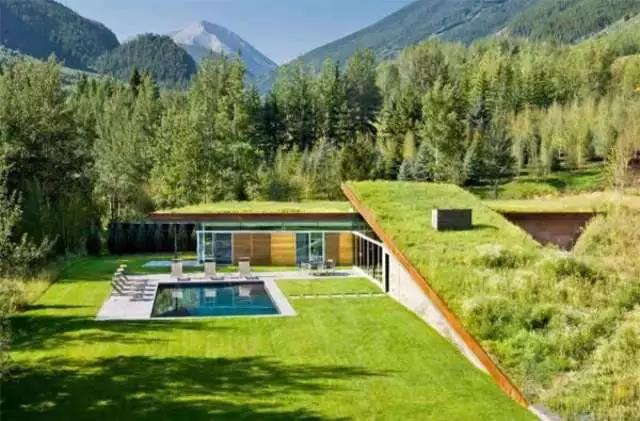
同其他评价系统相似,WELL建筑标准被归类到更大的范畴,称之为概念(Concepts)。在概念下,有先决条件(Preconditions)和优化,(Optimizations),在LEED中被叫做Prerequisites和Points。每一概念下的先决条件适合任何层次的认证,一些概念范畴的延展超过了项目组在进行设计和建筑时会考虑到的范围,要求在对待居住者部分的管理要自主且积极。概念范畴包括:空气、照明、营养、光、健身、舒适与心灵等。很多概念对于项目组来说都是相似的,至少是熟悉的。
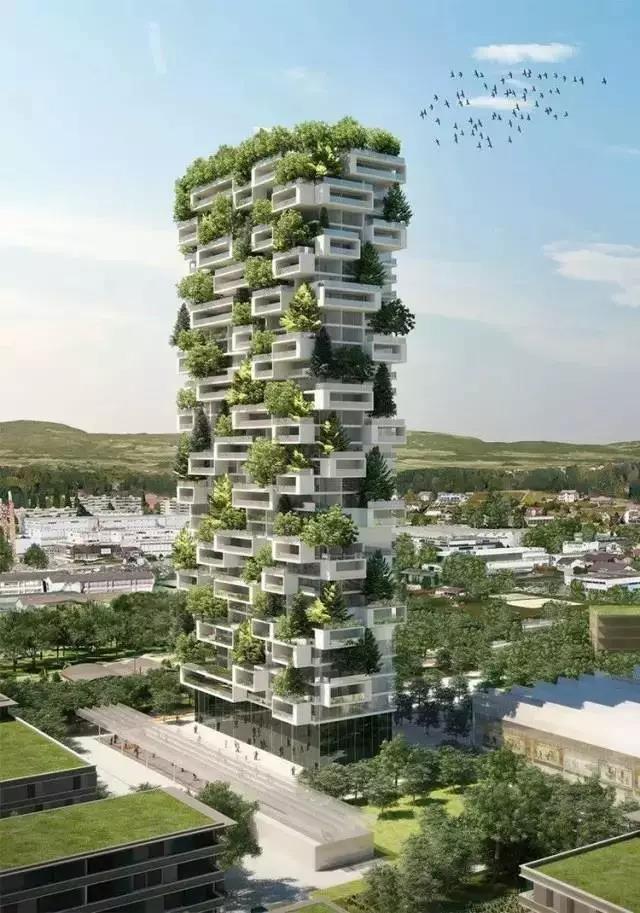
一些概念更多的关注项目的管理,而不是设计和建筑的过程。营养概念超越了设计师在设备管理中的传统角色,涉及到在最简化加工食品的过程中,水果和蔬菜的供应;它还有诸如其他优化,命名为:食物过敏、洗手、人造成分、食物广告和小心饮食等。这些对于引导一种健康生活是非常重要的考虑因素,但往往不在我们进行设计和建筑时被考虑到。健身概念包括了室内健身循环、户外活动设计、运动空间等,需要在设计的早期被考虑到,其他的优化,诸如活动奖励计划、健身器材和活动家具等则在业主的范围内进行监督和实施。
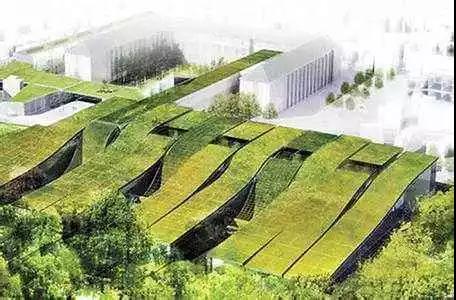
WELL的舒适概念纳入了舒适的所有行为和什么可能造成不舒适,从而列出了对于可访问设计、人体工程学、外部噪音侵入、热舒适、声音掩蔽和隔音屏障的要求。这些的实现需要项目组与顾问、专家一起进行整体设计,而且对于最后的产品应该有显著水平的客户满意度。心灵(Mind)概念很明显与为建筑居住者提供的公司政策有关,关注这样一些问题:健康睡眠政策、工作场所家庭支持、利他主义、组织透明度、压力与瘾治疗等。
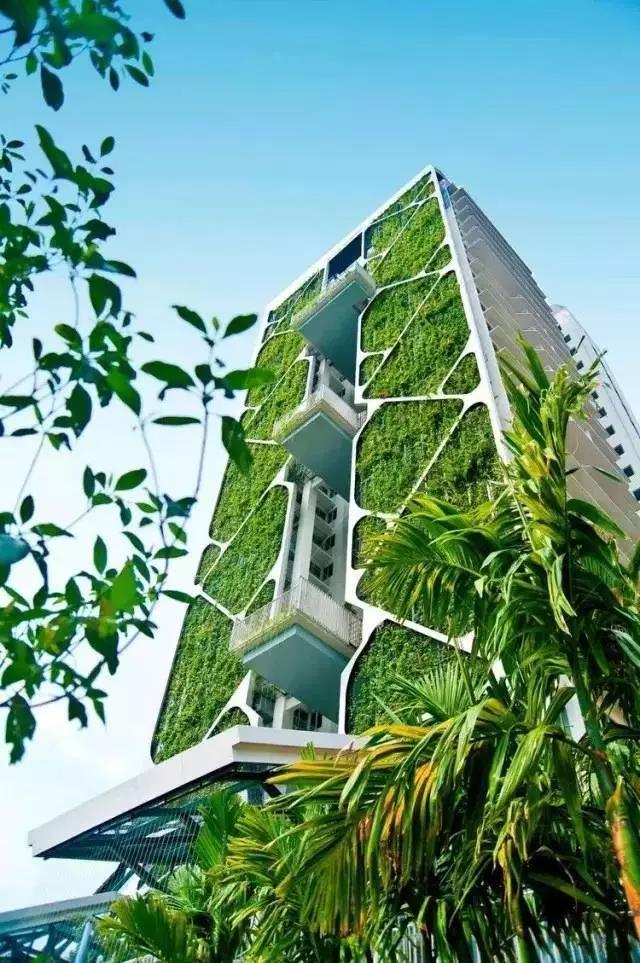
如你所见,WELL与其他绿色建筑评价系统有着明显的差异。有了WELL,建筑物所有者或者是在建筑物里办公的公司,可以加强居住者健康效益。与选择食物、盘子大小或旅行政策等有关的决定都必须来自于公司领导,这将鼓励项目团队和居住者之间的合作。
正如Ecoworks公司的创始人兼首席执行官Carlie bullock jones所说,“由于一个组织的人事成本远远超过了建筑运营和维护成本,我们感受到了对WELL行业的关注在上升。我们的许多客户都同时追求LEED和WELL的认证,专注于对工厂和员工都有利的策略。”意识到这些要求可以帮助设计团队去设计和推行更健康的工作环境和居住环境。
The third in a series on green building rating systems and human health, following LEED v4 and LBC, examines the International WELL Building Institute’s certification.
While other green building rating systems consider health as a component of the larger holistic system, the WELL Building Standard is focused solely on the health of the building occupants. The International WELL Building Institute (IWBI), which delivers the WELL Building Standard, was founded in 2013, becoming one of the newer players on the block in terms of green building guidelines. The WELL Building Standard itself launched in October 2014 and is making its stand with a laser focus on occupant well-being.
The WELL Building Standard focuses on the quality of the air over the energy it takes to move the air itself. Instead of worrying about the quantity of water used, it focuses on quality of drinking water. With this emphasis, we see a significant shift towards optimizing and enhancing building features that directly affect human health, making WELL the front-runner in addressing occupant health in the built environment. As noted by Paula McEvoy, FAIA, co-director of the Sustainable Design Initiative at Perkins+Will, “We have been very interested and proactive in designing for occupant health. We know materials play an important role but there are so many other aspects of occupant health that we, as designers, can help address. While LEED has always addressed some aspects of health, it really didn’t cover aspects of physical fitness, mental well-being, and policies that might improve health.”
The WELL system is rooted in evidence-based research from the healthcare industry, with feedback from leading institutions, medical experts, and building and design professionals. As such, it is connected foundationally to human body systems, with each feature linked to aspects of human health and wellness. Body systems referenced throughout are diagrammed and described in the Standard document, bringing most designers in the field squarely out of our comfort zones.
“We know materials play an important role but there are so many other aspects of occupant health that we, as designers, can help address.”
– Paula McEvoy, FAIA, co-director of the Sustainable Design Initiative at Perkins+Will.”
Similar to other rating systems, the WELL Building Standard is organized into larger categories, called Concepts. Within the Concepts there are Preconditions, known in LEED as Prerequisites, and Optimizations, known in LEED as Points. All Preconditions in each Concept must be met for any level of certification. Some Concept categories stretch a bit beyond what project teams would consider in their scope for design and construction, requiring not only buy-in but active engagement on the part of the occupant. Concept categories include Air, Water, Nourishment, Light, Fitness, Comfort, and Mind. Many of these should sound similar, or at least familiar, to project teams.
The Air Concept addresses familiar issues like Air quality standards, Smoking ban, VOC reduction, Operable windows and Healthy entrance. It also borrows topics from the LEED Operations + Maintenance Rating System, looking at Cleaning protocol, Pest management, and Cleaning equipment. WELL’s Water Concept speaks to the quality of water for human consumption, not quantity. Preconditions and Optimizations include Fundamental water quality, Organic contaminants, Public water additives, Water treatment, and even Drinking water promotion. The key here is how clean water can nourish and support the body.
The Light Concept tackles considerations of natural and electrical lighting, including Electric light glare control, Low-glare workstation design, Daylight modeling, and Automated shading and dimming controls. However, it also considers Circadian lighting design, providing credit to projects that work with the natural cycles of our 24-hour internal clock rather than against them. Color quality is another consideration, not just looking at the amount of light in a given space but the quality provided.
Some Concepts fall more into the management of the project than the design and construction process. The Nourishment Concept goes beyond the traditional role of the designer into facility management. This Concept addresses considerations like the availability of fruits and vegetables, along with the minimizing of processed foods. It also has Optimizations entitled Food allergies, Hand washing, Artificial ingredients, Serving sizes, Food advertising, and Mindful eating. These are very important considerations in leading a healthy lifestyle but often lie outside of what we can specify in the design and construction phases. The Fitness Concept includes Interior fitness circulation, Exterior active design, and Physical activity spaces, which need to be incorporated into the design early; other Optimizations such as Activity incentive programs, Fitness equipment, and Active furnishings will be more within the owner’s realm for oversight and implementation.
“Many of our clients are simultaneously pursuing LEED and WELL certification, focusing on strategies that benefit both the plant and people.”
– Carlie Bullock-Jones, founder and principal at Ecoworks Studio.”
WELL’s Comfort Concept incorporates all manner of comfort—and opportunities for discomfort—outlining requirements for Accessible design, Ergonomics, Exterior noise intrusion, Thermal comfort, Sound masking, Olfactory comfort, and Sound barriers. Most of these can be incorporated by project teams through integrated design with consultants and experts, and should provide significant levels of user satisfaction in the final product. The Mind Concept leans significantly into the realm of company policy for the building occupant, looking at issues such as Healthy sleep policy, Workplace family support, Altruism, Organizational transparency, and Stress and addiction treatment.
As this basic overview shows, that there are significant differences between WELL and other green building rating systems. With WELL, there is considerable weight on the owner of the building—or the company operating within the building—to further occupant health benefits. Decisions related to choice of food, plate size, or travel policy will all have to come from company leadership, which encourages collaboration between the project team and occupants.
As Carlie Bullock-Jones, founder and principal at Ecoworks Studio, states, “Since personnel costs for an organization by far outweigh building operations and maintenance costs, we’re seeing a growing interest in the industry with WELL. Many of our clients are simultaneously pursuing LEED and WELL certification, focusing on strategies that benefit both the plant and people.” Being aware of these requirements can help design teams advocate for overall healthier workplaces and environments.
文章来源:《How health factors into green building rating systems:WELL Building Standard》
